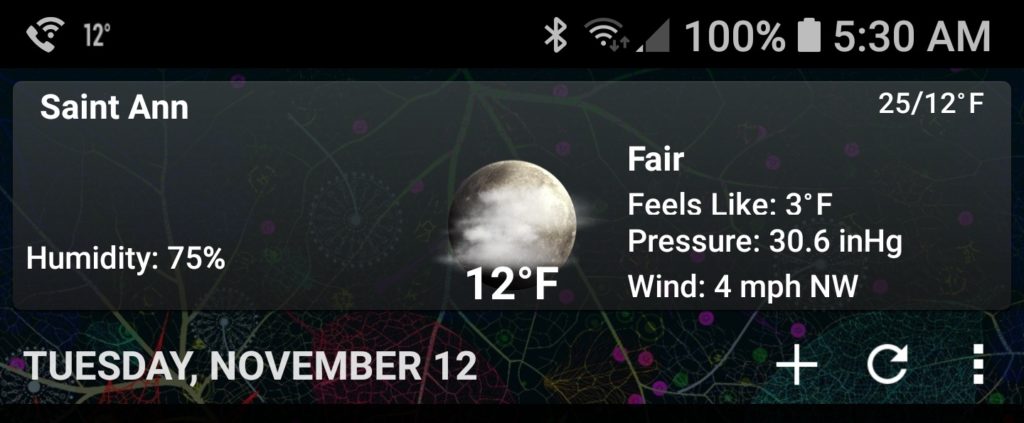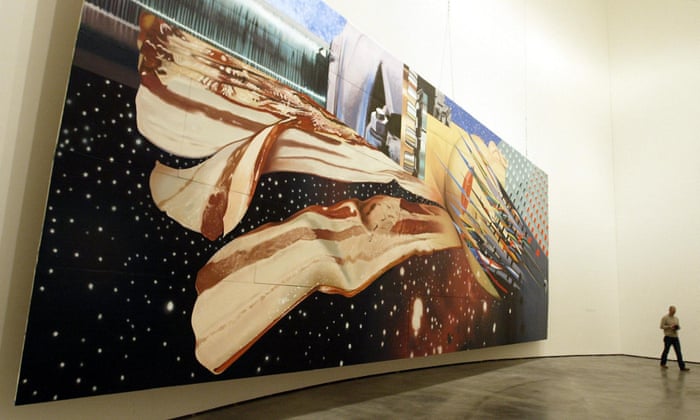It may still be stupidly cold, and I may still have the remnants of a cold, and somebody may have either mistaken the phone charger at my desk for company property or just “perma-borrowed” it… but the sky gave me a gift on my morning commute.
I tried to take a photo. It didn’t save, and it wouldn’t have been very good if it did — sky photos on a phone, taken hurriedly through the windshield during a brief traffic light, are never very good.
So, picture a pinkish-blue streaky sky and an enormous full moon in clear detail, with a hint of a glowing corona, about 30 degrees above the horizon. You’re probably right now picturing something that looks a little too plain, a little too “realistic”. Make it more vibrant and intense and painterly… borderline unbelievable. Stunning. Yeah, that’s better. Now put the back of a garbage truck below it, because as magical as it was, it was still in the real world (and that somehow made it better).
By the time I got to work and had time to set up a better photo, the sky had changed; the moon was neither so clear nor was the “background” sky (the atmosphere in front of it!) quite as nice. All things are ephemeral.
It filled me with such wonder though, like too few things do in a sane, stable-ish adulthood. And now I have the desire to try to express that in music. Next album project, perhaps? It seems like a challenge, but a good one.
Back when I used to play the text-based MMORPG GemStone III (and then IV), I had a character who was devoted to Zelia, the goddess of lunacy. While it wasn’t in the sparse official documentation at the time, some players seemed to tacitly agree that Zelia’s good side, her gift to her followers, was a gleeful, childlike sense of wonder about random things — an openness that is lost to most adults. Years after I’d stopped playing, when one of the lore documents named the six Handmaidens of Zelia (a constellation), one of them was “Myzori, the Most Amazed.” The idea of amazement as a kind of virtue, something to seek out, and a form of devotion stuck with me. (I of course would like the occasional amazement and silly good fun without emotional instability or delusions…)



